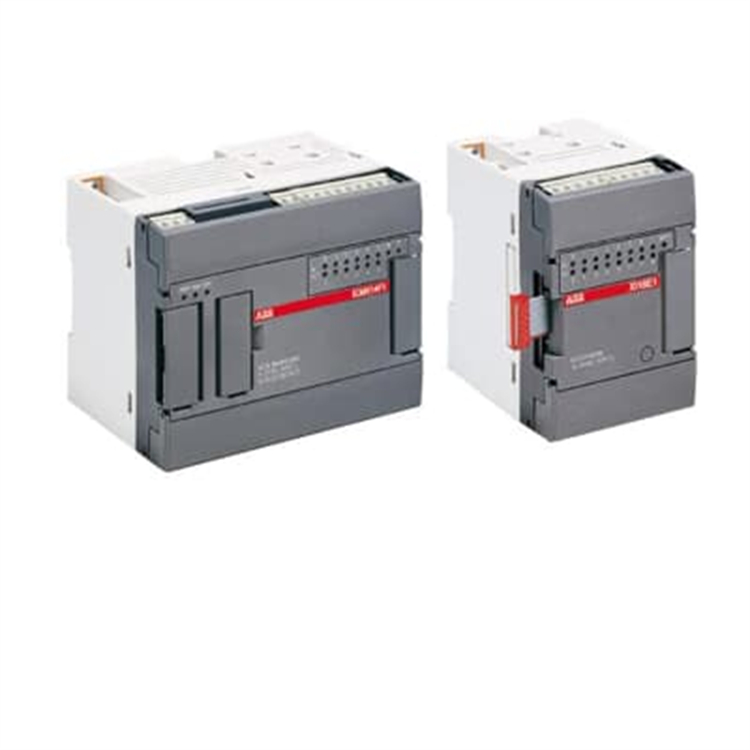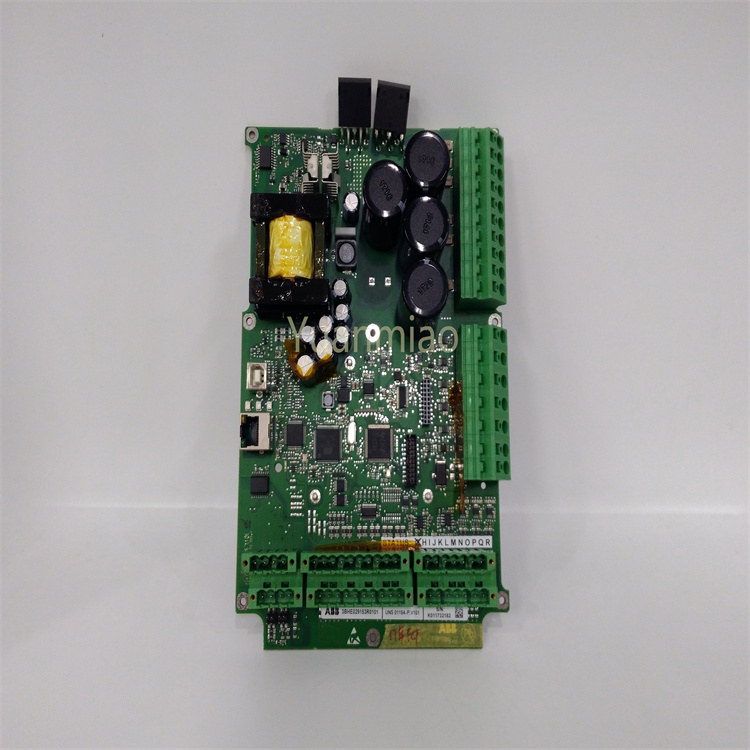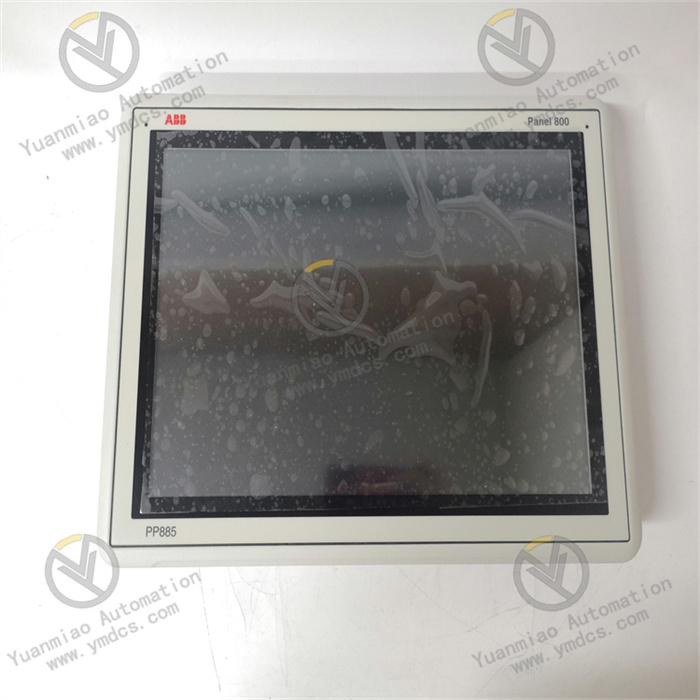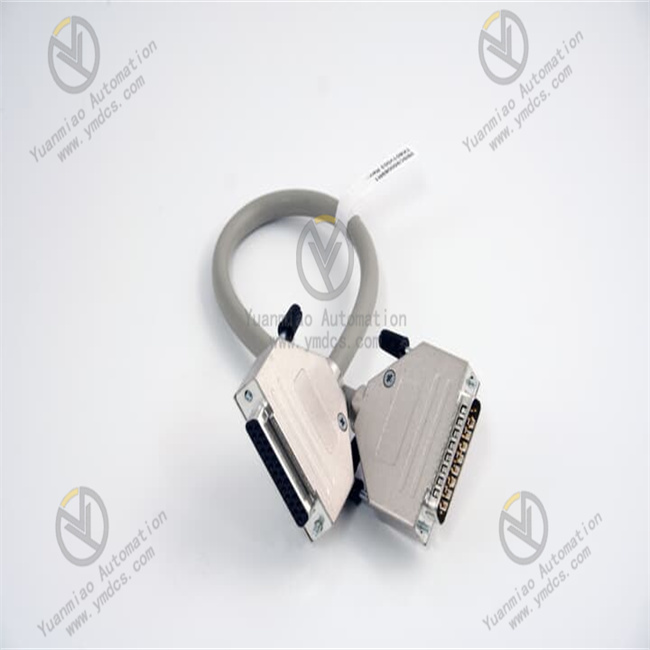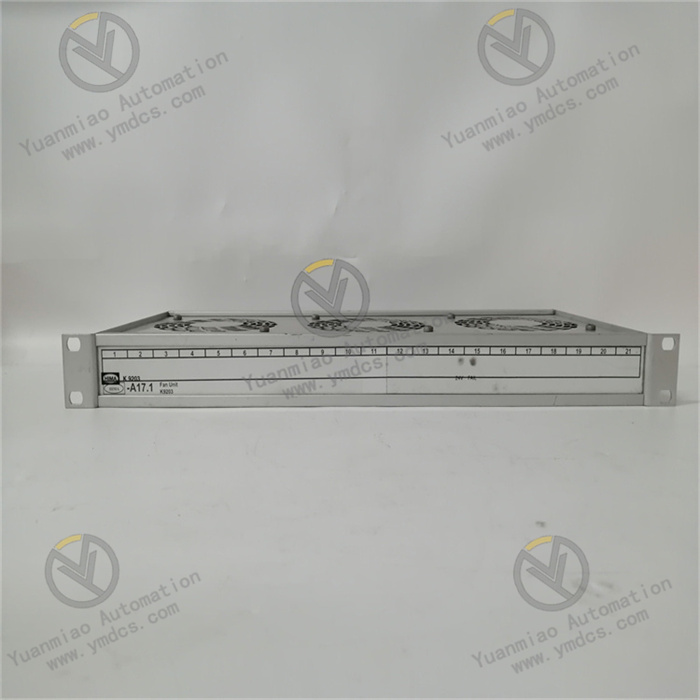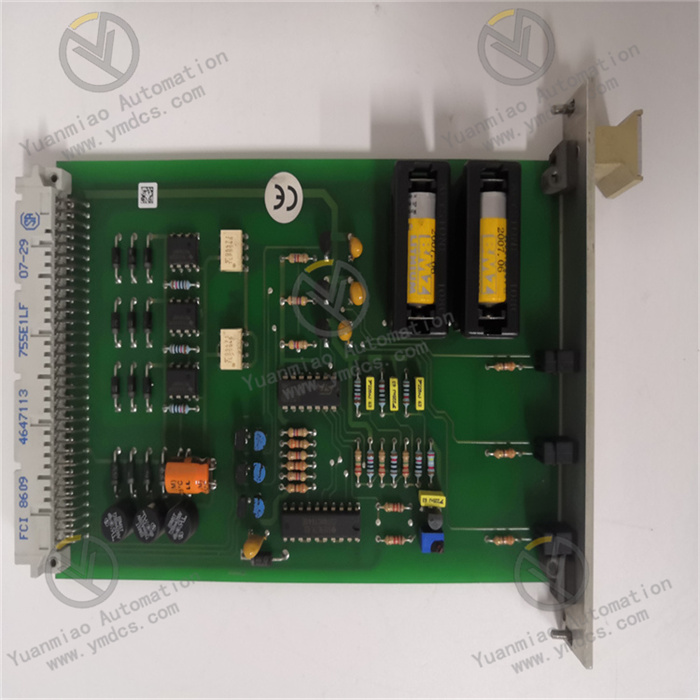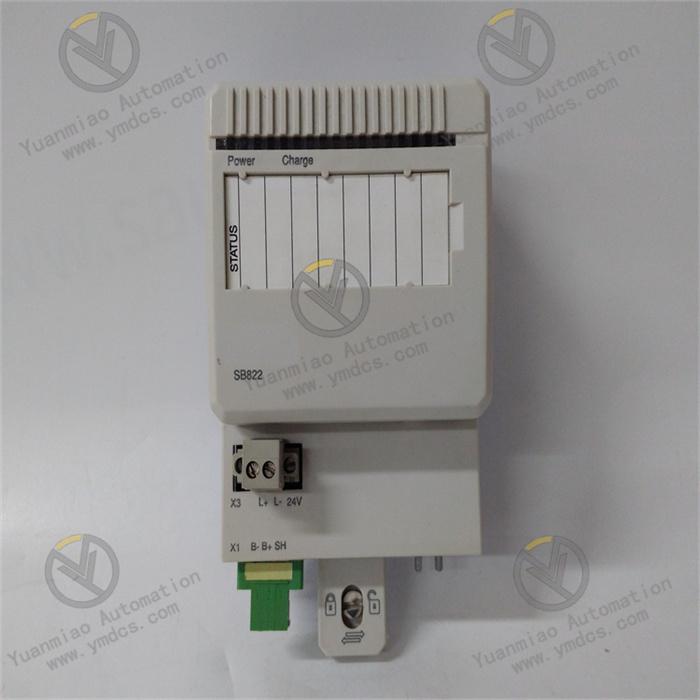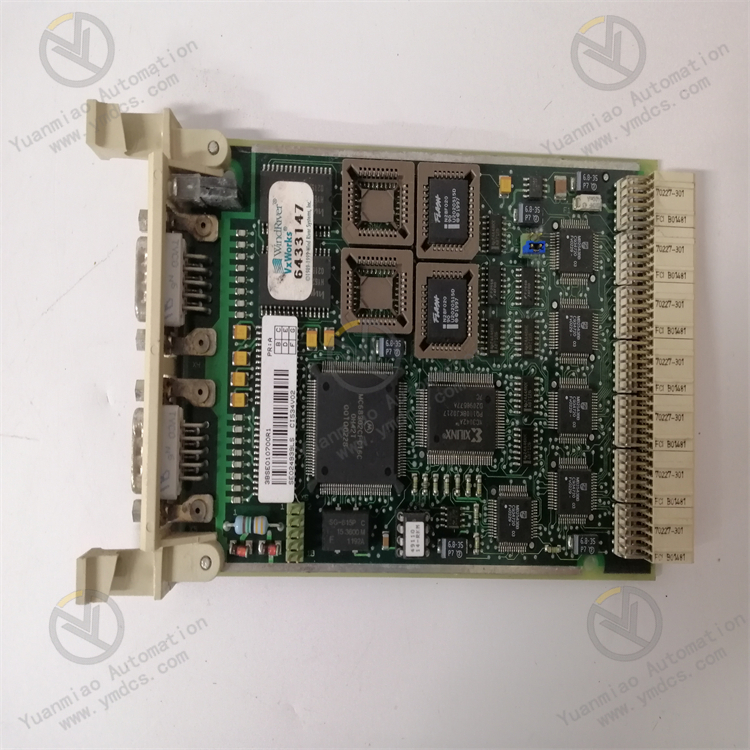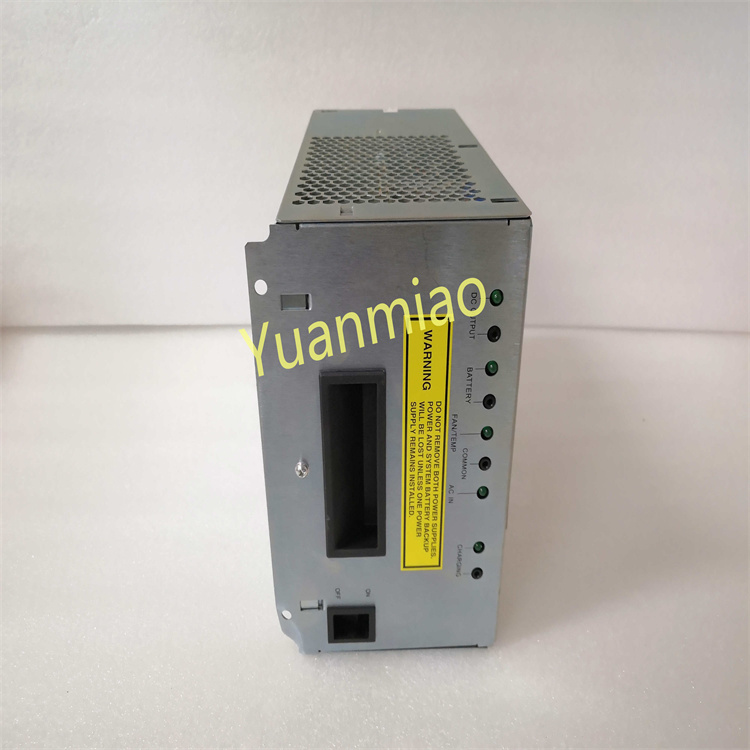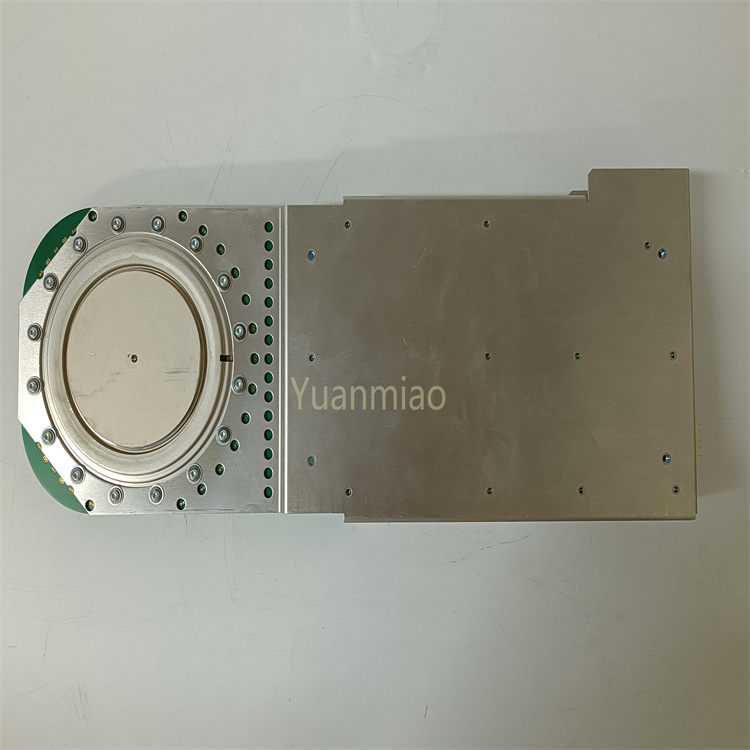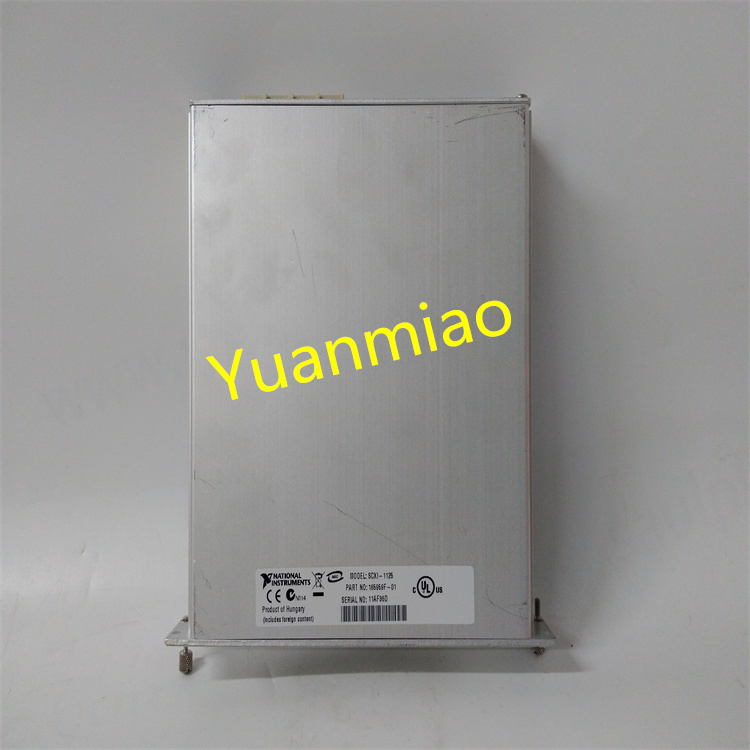Description
ABB 07AI91 GJR5251600R0202
I. Basic Information
- Full Model: 07AI91 GJR5251600R0202
- Series: ABB industrial automation control module (possibly belonging to AC 500 or similar PLC systems)
- Purpose: Analog input module for collecting analog signals in industrial fields and converting them into digital quantities for processing by control systems.
II. Core Functions and Features
Signal Acquisition Capability
- Number of Input Channels: Typically 8 analog input channels (subject to the product manual), supporting simultaneous multi-channel signal collection.
- Signal Types:
- Voltage signals: 0-10V, ±10V, 1-5V, etc.;
- Current signals: 4-20mA, 0-20mA, etc.;
- Thermocouple/thermal resistance signals (supported by some models; configuration needs confirmation).
- Resolution: High resolution (e.g., 16-bit or higher) ensures signal acquisition accuracy and reduces errors.
Electrical Characteristics
- Input Impedance: Compatible with standard industrial sensors to avoid signal attenuation or interference.
- Anti-Interference Design: Built-in filter circuit supports resistance to electromagnetic interference (EMI) and radio-frequency interference (RFI), suitable for industrial environments.
Communication and Interfaces
- Bus Interface: Communicates with PLC controllers via backplane bus (e.g., ABB's S700 bus) for data transmission.
- Diagnostic Function: Supports channel-level fault diagnosis (e.g., open circuit, out-of-range, short circuit), with status feedback via indicator lights or system messages.
Hardware Design
- Installation Method: Rail mounting (e.g., DIN rail) for easy integration into industrial control cabinets.
- Indicator Lights: Equipped with power, communication, fault, and channel status indicators for on-site debugging and maintenance.
III. Technical Parameters
| Parameter Dimension | Specific Indicators |
|---|---|
| Input Signal Range | Voltage: 0-10V, ±10V; Current: 4-20mA (configurable) |
| Resolution | 16-bit (corresponding to accuracy of approximately 0.024% FS) |
| Conversion Time | ≤1ms per channel (high-speed acquisition mode) |
| Accuracy Error | ±0.1% FS (at 25℃) |
| Operating Temperature | -20℃ ~ +60℃ (industrial-grade wide-temperature design) |
| Power Requirement | DC 24V (±10%), low power consumption (e.g., ≤5W) |
IV. Application Scenarios
Industrial Process Control
- Collects analog signals (e.g., pressure, temperature, flow, liquid level) in chemical, power, metallurgical, etc., and transmits them to PLC or DCS systems for closed-loop control.
- Example: Collects pH value and turbidity sensor signals in wastewater treatment plants to achieve automatic dosing adjustment.
Machinery and Equipment Monitoring
- Monitors the status of machine tools and production line equipment (e.g., motor current, hydraulic system pressure) for fault early warning or performance optimization.
Energy Management System
- Collects analog outputs from electricity meters and flowmeters, statistics energy consumption data, and supports energy efficiency analysis.
V. Installation and Usage Notes
Wiring Specifications
- Use shielded twisted-pair cables for current signals to avoid long-distance transmission interference; pay attention to impedance matching for voltage signals.
- Reliably connect the grounding terminal to reduce common-mode interference.
Configuration and Debugging
- Configure input signal types, ranges, and filter parameters via ABB programming software (e.g., Control Builder).
- Supports hot-swapping (for some models), but power-off installation is recommended for safety.
Maintenance Key Points
- Regularly check for loose wiring terminals to avoid oxidation or corrosion;
- In case of signal abnormalities, use the controller's diagnostic function to locate channel faults and replace the module if necessary.
VI. Comparative Advantages over Similar Products
- High-precision acquisition: 16-bit resolution is suitable for scenarios requiring fine measurement (e.g., laboratory equipment, precision machining).
- Wide-temperature design: Adapts to harsh industrial environments and reduces the impact of temperature drift.
- Flexible configuration: Supports software-customized input ranges without hardware jumpers, reducing debugging complexity.


